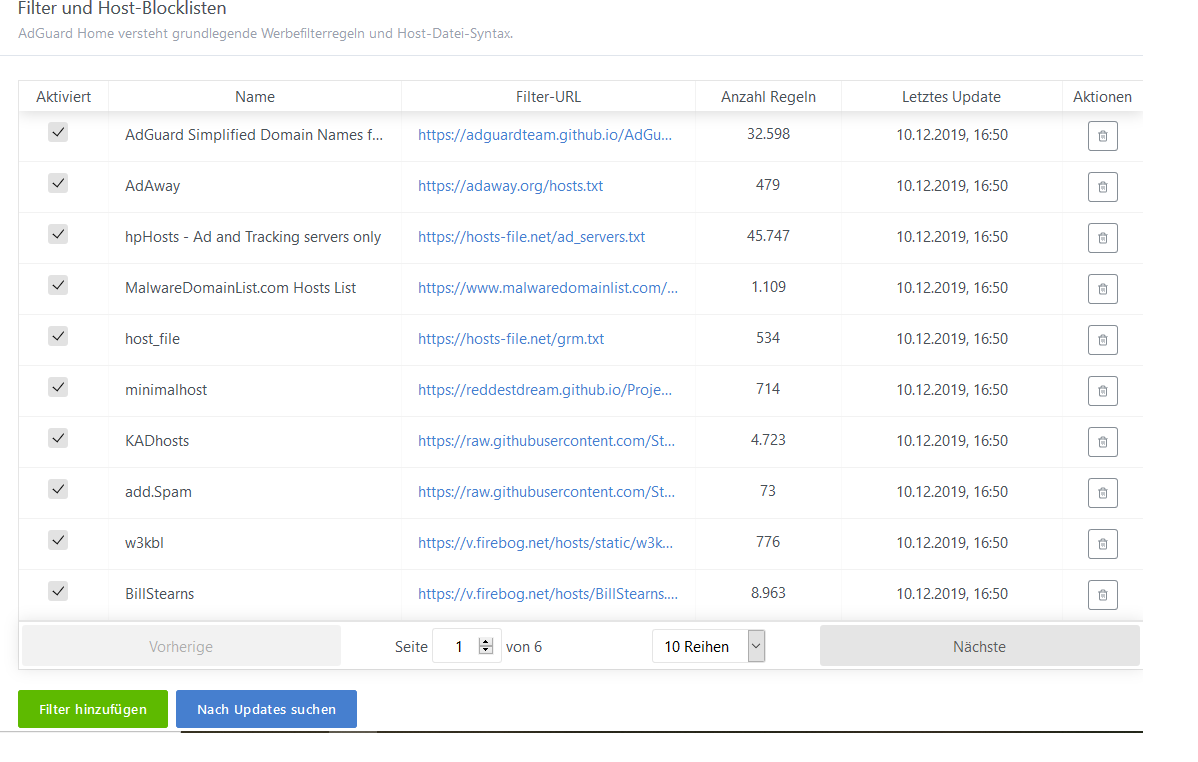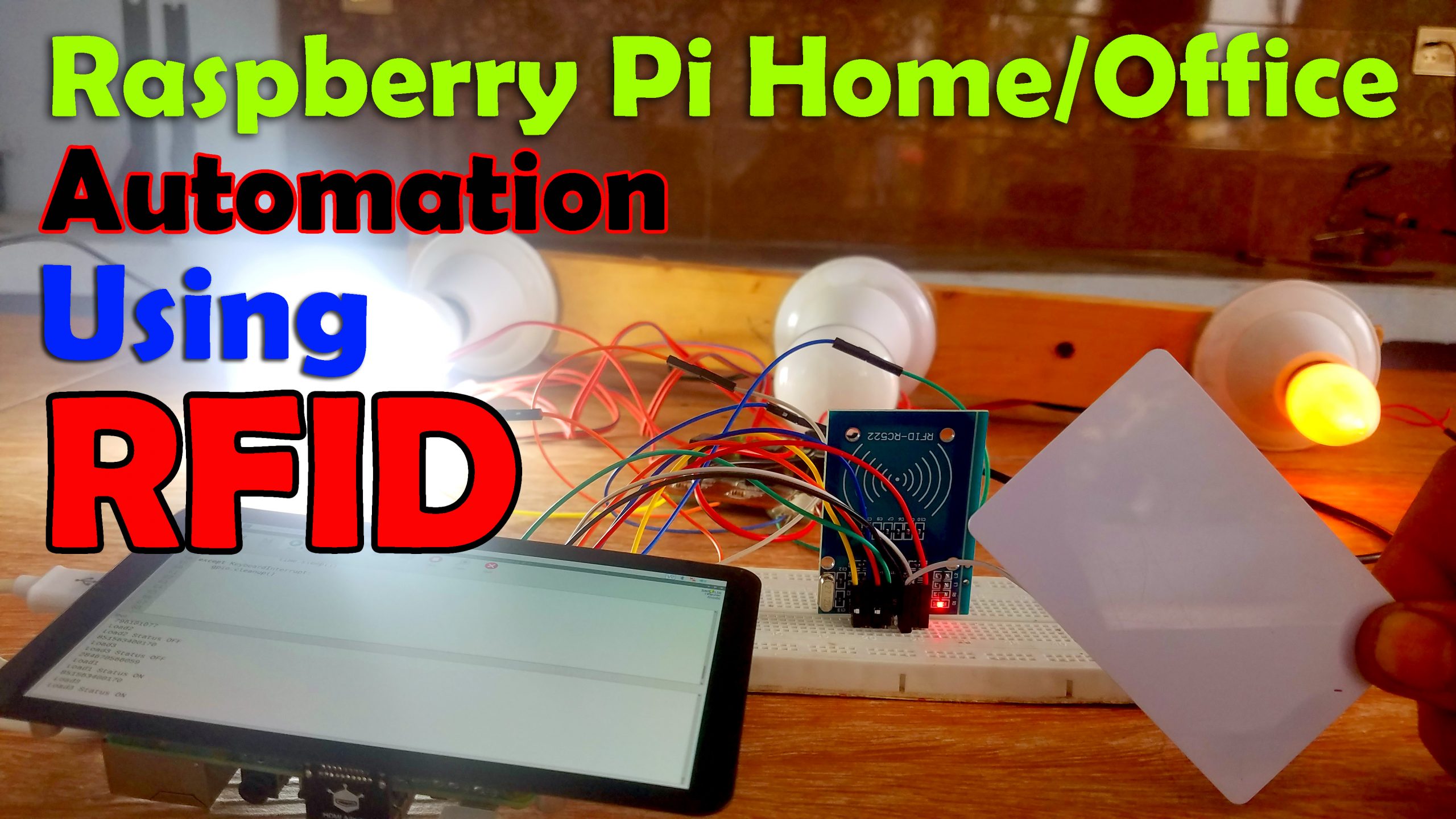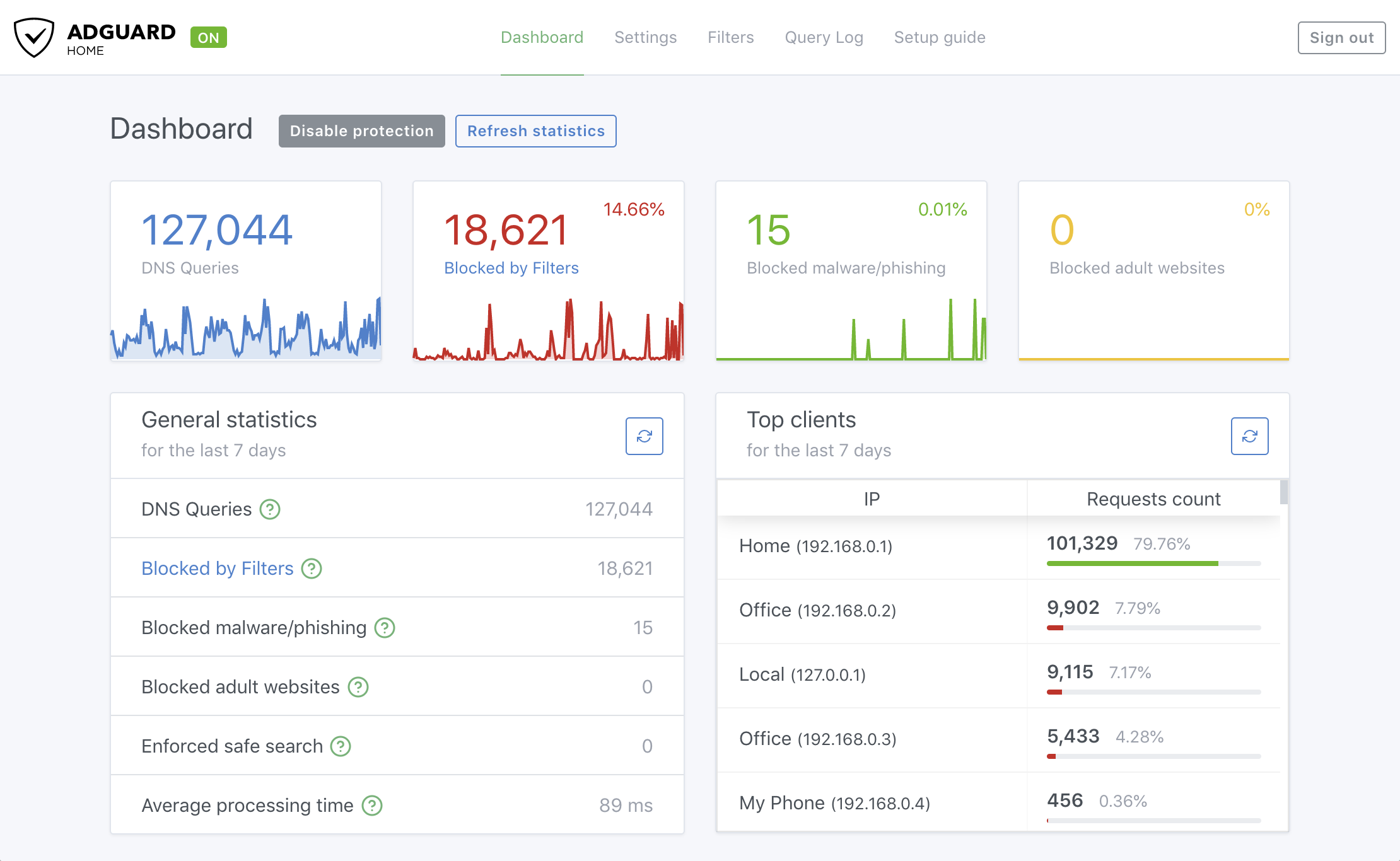
But also since we block so much of that noise early in the process, your computer never has the opportunity to load that content - meaning that we also save on bandwidth usage & data costs. So we gain a few benefits here - the big ones being some level of privacy & reduced advertisement noise when browsing the web. So your browser would still be able to load the main site (), but it would never even try to establish a connection to the advertisement or tracking components.

If you tried to go to a website (like ), and there was an embedded advertisement or tracking, AdGuard would tell your computer that the domain hosting the advertisement doesn't exist (usually via returning a 0.0.0.0 or NXDOMAIN response). With a DNS-level blocker, like AdGuard Home, we can block your computer from ever trying to establish that connection. Then your computer can load the website by connecting to that address. The DNS server looks up where that lives & provides the computer with the IP address (like 203.0.113.52). For this, the computer reaches out to it's configured DNS server and provides the website name (like ). These are typically packages that you install on your home network & run as a local Domain Name System (DNS) server.Įach time your browser needs to load something from the web, the first step is figuring out what IP address to connect to. AdGuard Home is one of them, but you also may have seen similar packages like Pi-hole or NextDNS. Here's where we've started to see more ad blockers come out that operate at the network level. In addition, these types of extensions operate at your web browser level - meaning that your computer has already made a few calls out to the internet before the extension even has a chance to block something. These were great (and still are!), but a lot of website owners have been fighting it & making it harder to block their content.

Unfortunately, a lot of these scripts & code snippets are automatically embedded in websites and most don't allow you to opt-out.Ī while back, there were a few browser extensions that became popular by automatically blocking the advertisement & tracking elements from loading. However, it's also becoming more popular to want to avoid being tracked on every website, or reduce the amount of advertisements you see. One one side, these tools can be very helpful for the company or website owner to monetize their platform and/or track & understand their audience's interests.


Please note that the AdGuard Home plugin for OPNsense is a community built plugin, and not officially supported by OPNsense.Īlmost every website we visit these days is loaded with additional components for advertisements, analytics, and engagement tracking. In this post - we'll take a look at how to set up & configure AdGuard Home on OPNsense.


 0 kommentar(er)
0 kommentar(er)
